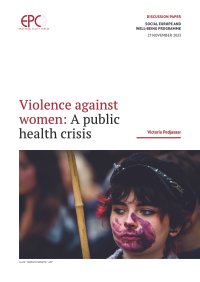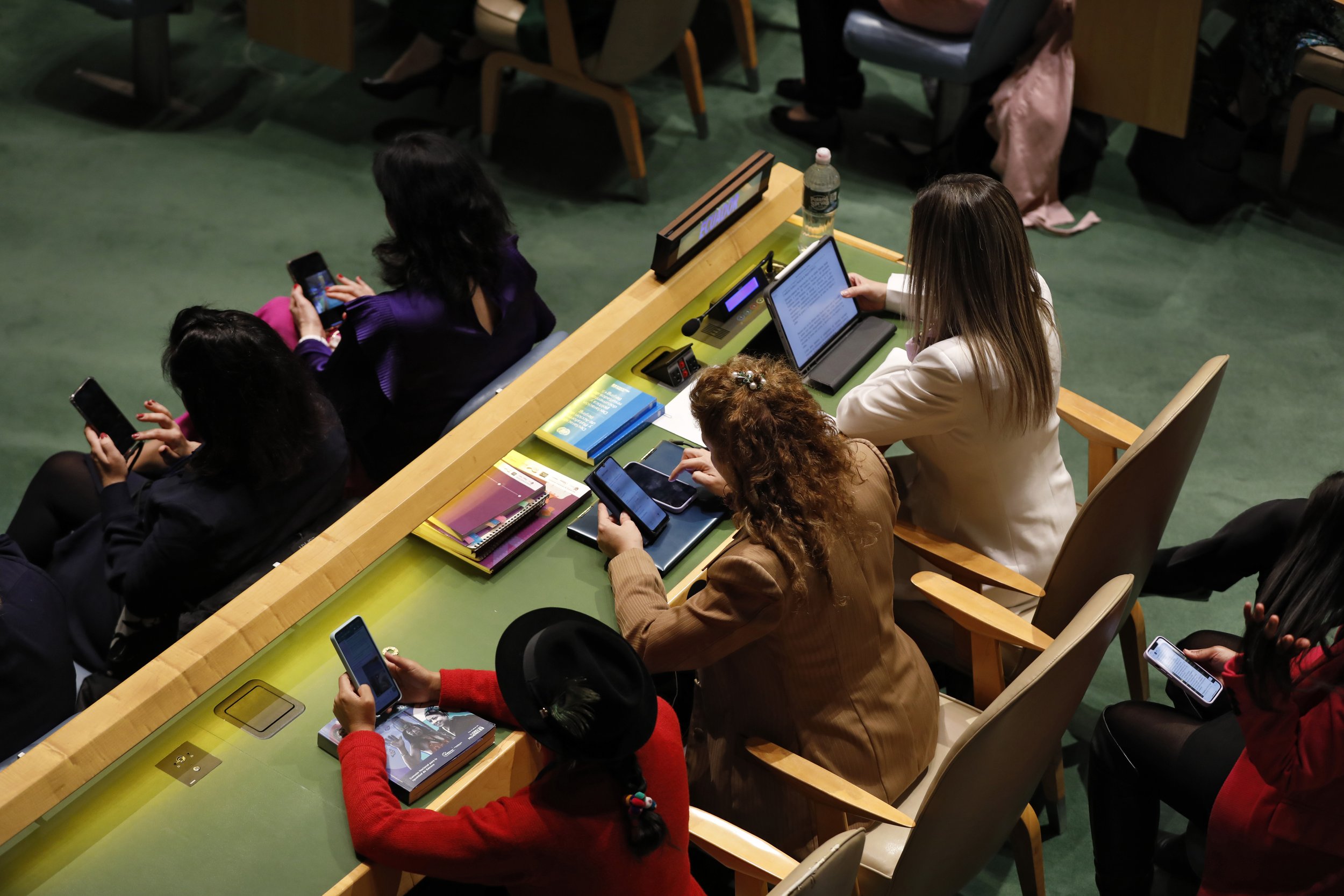By Ernesto Lopez, Robert Boxerman and Keley CundiffEErnes
Since shortly after the onset of the COVID-19 pandemic, the Council on Criminal Justice has tracked changing rates of violent and property crime in large cities across the United States. The pandemic, as well as the social justice protests during the summer of 2020 and other factors, have altered the motives, means, and opportunities to commit crimes.
Prepared for the Council on Criminal Justice’s Crime Trends Working Group, this report focuses on trends in shoplifting, a subset of retail theft which, in turn, is a subset of overall larceny-theft. The FBI defines larceny-theft as the unlawful taking of property without force, violence, or fraud.
The report looks at shoplifting patterns from before the onset of the COVID-19 pandemic through mid-year 2023. To date, attempts to measure changes in retail theft, including organized retail theft, have relied on retail industry data5 or have been limited to one state.
The city-specific data included in this report are drawn from open-data sources from 24 cities that, over the past five years, have consistently reported specific shoplifting data. Additional data come from the U.S. Justice Department’s National Incident-Based Reporting Program (NIBRS).7 The NIBRS data include a sample of 3,812 local law enforcement agencies. The analyses examine the changing frequency of reported shoplifting, trends in other property offenses, changes in the value of stolen goods, offenses that co-occur with shoplifting, and the number of people involved in each incident.
This report does not discuss in detail shoplifting data from the National Retail Federation’s Retail Security Survey.8 The 2021 survey (data ending in 2020) was the last year the survey reported figures on the number of incidents and the value of stolen goods. Because of this change, data from the survey could not be included.
Due to a lack of available data, this report does not examine factors that could be influencing the trends. Potential factors include changes in retailers’ anti-theft measures and changes in how retailers report shoplifting to law enforcement, which could be based on their perceptions of the extent to which local police or prosecutors will apprehend suspects and pursue criminal charges. Because these data rely on reported incidents, they almost certainly undercount total shoplifting. The findings presented here should be viewed with these considerations in mind.
Washington, DC: Council on Criminal Justice, 2023. 8p.





















